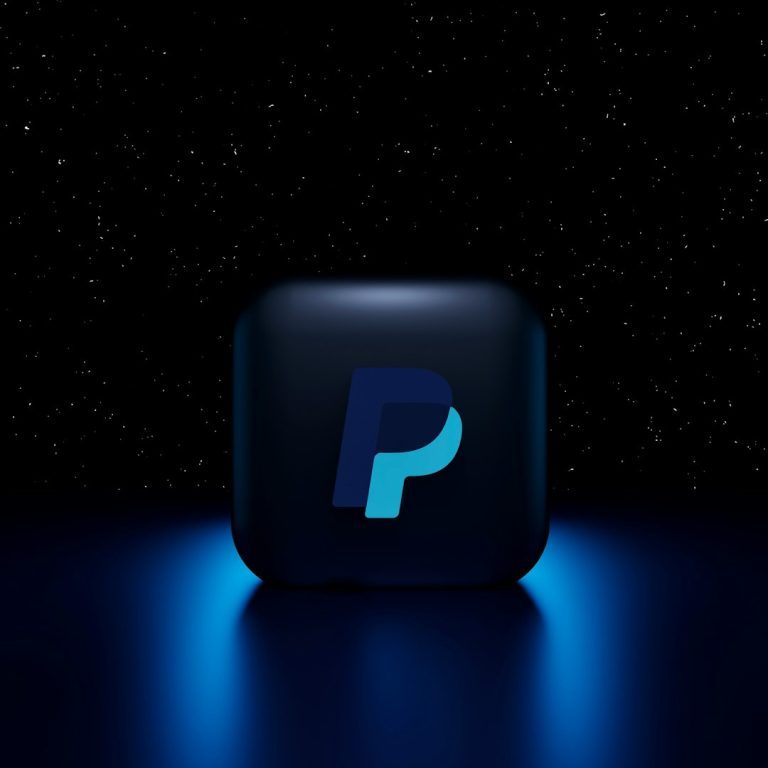The healthcare industry is undergoing a profound transformation, driven by rapid advancements in technology and evolving patient expectations. Software development plays a pivotal role in this evolution, enabling healthcare providers to deliver more efficient, personalized, and accessible care. As new challenges and opportunities arise, developers are tasked with creating innovative solutions that address the complexities of modern healthcare. This article explores the key trends shaping healthcare software development, highlighting their impact on the industry and the future of patient care.

Artificial Intelligence and Machine Learning Integration
Artificial Intelligence (AI) and Machine Learning (ML) are revolutionizing healthcare software by enhancing decision-making and operational efficiency. These technologies enable systems to analyze vast datasets, uncover patterns, and provide actionable insights.
- Predictive Analytics: AI-powered tools predict patient outcomes, such as disease progression or readmission risks, allowing providers to intervene proactively.b
- Diagnostic Support: ML algorithms assist in diagnosing conditions by analyzing medical images or patient records with high accuracy, often surpassing human capabilities in specific tasks.
- Personalized Treatment Plans: AI tailors treatment recommendations based on individual patient data, improving outcomes and reducing trial-and-error approaches.
According to a 2023 Statista report, the global AI healthcare market is projected to reach $188 billion by 2030, underscoring its transformative potential.
Telemedicine and Remote Care Solutions
The rise of telemedicine has redefined how healthcare services are delivered, particularly in the wake of global health challenges. Software development is at the core of creating robust telehealth platforms that ensure seamless virtual consultations and remote patient monitoring.
- Virtual Consultations: Telemedicine platforms enable real-time video consultations, reducing the need for in-person visits and improving access for patients in remote areas.
- Remote Monitoring: Wearable devices and IoT-enabled software track vital signs, allowing providers to monitor chronic conditions in real time.
- Patient Engagement: Telehealth apps incorporate features like appointment scheduling and medication reminders to enhance patient adherence.
The demand for custom healthcare software development has surged as providers seek tailored telehealth solutions to meet specific needs. These platforms prioritize user-friendly interfaces and compliance with regulations like HIPAA to ensure data security.

Interoperability and Data Integration
Interoperability remains a cornerstone of modern healthcare software, enabling seamless data exchange across disparate systems. As healthcare organizations adopt electronic health records (EHRs) and other digital tools, developers focus on creating interoperable solutions that break down data silos.
- Standardized Protocols: Adoption of standards like FHIR (Fast Healthcare Interoperability Resources) ensures compatibility between systems, facilitating data sharing.
- Unified Patient Records: Interoperable software consolidates patient data from multiple sources, providing a holistic view for better clinical decisions.
- Cross-Platform Integration: Solutions integrate with wearables, lab systems, and billing platforms, streamlining workflows for providers.
Interoperability enhances care coordination, reduces errors, and improves patient outcomes by ensuring all stakeholders have access to accurate, up-to-date information.
Cybersecurity and Data Privacy
With the increasing digitization of healthcare, protecting sensitive patient data is a top priority. Cybersecurity is a critical trend in healthcare software development, as breaches can have severe consequences for both providers and patients.
- Encryption and Secure APIs: Developers implement advanced encryption and secure APIs to protect data during transmission and storage.
- Compliance with Regulations: Software must adhere to stringent regulations like HIPAA and GDPR, ensuring patient privacy and avoiding penalties.
- Threat Detection: AI-driven tools monitor systems for potential threats, enabling rapid response to cyberattacks.
A Forbes article highlights that healthcare data breaches are costly compared to other industries, emphasizing the need for robust security measures.
Cloud-Based Healthcare Solutions
Cloud computing has become a game-changer in healthcare software development, offering scalability, flexibility, and cost-efficiency. Cloud-based solutions enable healthcare organizations to store and process large volumes of data without significant infrastructure investments.
- Scalable Infrastructure: Cloud platforms allow providers to scale storage and computing power based on demand, accommodating growing patient data.
- Remote Access: Clinicians can access patient records and applications from any location, improving care delivery in diverse settings.
- Cost Efficiency: Cloud solutions reduce the need for on-premises hardware, lowering maintenance costs for healthcare organizations.
Cloud adoption also supports the integration of AI and big data analytics, enabling advanced functionalities without straining local resources.
Mobile Health Applications
Mobile health (mHealth) apps are empowering patients to take control of their health while providing providers with valuable data. These apps are designed to be intuitive, accessible, and feature-rich.
- Health Tracking: Apps allow users to monitor metrics like heart rate, sleep patterns, and physical activity, promoting proactive health management.
- Chronic Disease Management: mHealth apps provide tools for patients with diabetes, hypertension, or other conditions to track symptoms and communicate with providers.
- Patient Education: Apps deliver educational content, helping patients understand their conditions and treatment options.
The proliferation of smartphones has made mHealth apps a vital component of healthcare delivery, bridging the gap between patients and providers.
Blockchain for Secure Data Management
Blockchain technology is gaining traction in healthcare for its ability to ensure secure, transparent, and tamper-proof data management. This trend is particularly relevant for managing patient records and supply chains.
- Secure Patient Records: Blockchain creates immutable records, reducing the risk of unauthorized access or data manipulation.
- Supply Chain Transparency: It ensures traceability of medical supplies, such as pharmaceuticals, to combat counterfeiting.
- Smart Contracts: Blockchain enables automated, secure agreements for tasks like insurance claims processing, reducing administrative overhead.
While still emerging, blockchain holds promise for enhancing trust and efficiency in healthcare systems.
Personalized Medicine and Genomics
Advancements in genomics are driving the development of software that supports personalized medicine. These solutions analyze genetic data to tailor treatments to individual patients.
- Genetic Analysis Tools: Software processes genomic data to identify mutations or predispositions, guiding targeted therapies.
- Integration with EHRs: Genomic data is incorporated into patient records, enabling providers to make informed treatment decisions.
- Research Support: Software facilitates large-scale genomic studies, accelerating drug discovery and development.
Personalized medicine software is transforming healthcare by moving away from one-size-fits-all approaches to more precise interventions.
Internet of Medical Things (IoMT)
The Internet of Medical Things (IoMT) refers to the network of connected medical devices that collect and share data. Software development is critical for enabling IoMT ecosystems that enhance patient care.
- Real-Time Monitoring: Devices like smart insulin pumps or heart monitors transmit data to software platforms for continuous analysis.
- Data Integration: IoMT software aggregates data from multiple devices, providing comprehensive insights for providers.
- Automation: IoMT enables automated alerts for critical conditions, reducing response times in emergencies.
The growth of IoMT is driving demand for software that can handle complex data streams while ensuring security and reliability.
Regulatory Compliance and Standards
Healthcare software must navigate a complex landscape of regulations to ensure safety and efficacy. Developers are increasingly focusing on building solutions that comply with global standards.
- HIPAA Compliance: In the U.S., software must protect patient data in accordance with HIPAA requirements.
- Global Standards: Developers adhere to standards like GDPR in Europe or ISO 13485 for medical devices to ensure market readiness.
- Audit Trails: Software includes features for tracking data access and modifications, supporting compliance audits.
Compliance-focused development ensures that software meets legal and ethical requirements while maintaining trust.
Future Outlook
The trends shaping healthcare software development are poised to redefine the industry, making care more accessible, efficient, and personalized. AI and ML will continue to enhance diagnostics and treatment, while telemedicine and mHealth apps will expand access to care. Interoperability and cloud solutions will streamline operations, and cybersecurity will remain critical to protect sensitive data. Emerging technologies like blockchain and IoMT will further innovate healthcare delivery, while personalized medicine will drive precision care. As these trends evolve, developers must stay agile, adapting to new challenges and opportunities to create solutions that meet the needs of patients and providers alike.




